Fortunately or not, online television could not oust televisions from our apartments, and "speaking" boxes still brighter our leisure. Each TV receives a signal from a specific source: from a street or home antenna, satellite TV system or other information node. In the article, consider one of the most common options - connect the TV to the antenna through the antenna cable.
When you need to connect the TV to the antenna
- To replace the old cable.
- When redeveloping or repairing housing.
- When moving to a new place of residence, where the antenna cable for the TV has not yet been taught.
At the first list of the list, we will dwell in more detail: with good operating conditions, the cable can last up to 10 years. The conditions implies its correct position in the room. When part of the cable is outside the dwelling and, moreover, suspended above the ground without a support cable, bad weather conditions and the load in the form of attraction force can significantly reduce its service life.
Choose antenna coaxial cable
To replace damaged or old wiring, a special coaxial cable is usually used.
The basic basis of "coaxial" is the conductor lived from copper. From above, it covers the second conductor - aluminum foil. The next cable layer is represented by copper braid of tinned wires. It does not miss external electromagnetic waves, because of which interference may occur. From mechanical damage antenna cable protects its outer layer in the form of plastic isolation. The cable is designed so that the centers of both conducting elements of the television "coaxial" coincide. As a result, the effect of a standing wave with a radial direction arises in the depths of the cable, which reduces the loss on the signal radiation almost to zero.
There is also a digital antenna cable, the so-called digital "coaxial", which conducts a digital signal in the form of an electric current. Digital coaxial cable is not much different from the usual analog, because it is made solely by its scheme. The main difference is that the digital "coaxial" does not have a second connector, that is, it is one cable with connectors at the ends.
Coaxial cable is used not only to spend a pleasant evening for watching an interesting transfer on TV. There are many varieties of the product, their difference may consist, for example, in the wave resistance, the size of isolation, flexibility or shielding force.
The most common marks of imported antenna cables - RG-59 or RG-6. The popular Russian analogue is marked as RK-75-X, where the figure 75 is an indicator of wave resistance. 75 Ohm is the standard magnitude of the resistance of "coaxials".
Which manufacturer to trust, choosing an antenna cable, solve only you. Today, the assortment of cable products is quite impressive, with a large price range. When choosing an antenna cable, the price, of course, "hints" to you on its quality, but you can and determine yourself, this product suits you or not. For example, try to make a nail of the edge of the cable external insulation: if it is easily disconnected, you should not take such an antenna cable. Good isolation should have elasticity and resistance to external damage. Also carefully inspect the braid - it must be moderately dense and tight to become a reliable barrier for interference. And if you are lucky enough to see product passport details, certainly check the attenuation indicator of the television signal at a certain frequency and the length of the cable: the lower this indicator, the better the antenna cable.
Buying an antenna cable, do not forget to also purchase connectors, adapters and branchers. The most popular connector type is BNC.
How to connect antenna cable: laying features
Putting an antenna cable, you need to follow so that it does not sharply bend - it will not contribute to the good quality of the signal. If the bending at a certain angle cannot be avoided, the antenna cable is laid using an angular adapter.
There are two options for laying an antenna cable: hidden and open wiring. With open wiring, the cable is laid along the outer part of the wall, without closing. Of course, this method should be treated as a temporary, even though there are certain advantages: the cable is easy to put and easily replace with others if necessary. But at the same time, the cable is open to random mechanical damage and spoils the general view of the room.
Hidden wiring is a more laborious option, but you will not have any wires under your feet. The cable is closed by a plinth or "put" into the wall by sticking. Usually the consequences of laying hidden communications are corrected using cosmetic repair. In the wall make the groove, they spend there cable and hide it under the layer of plaster.
We finally can consider the main question - how to connect an antenna cable to the TV. We only need to prepare cable and connect the connectors, as splitters for an antenna for each apartment on the landing already have.
Connect an antenna cable with a connector will start with the preparation of the cable itself.
- Floors Make the edge of the cable to smoothly, then cut the outer insulating cable insulating material, 13-15 mm, and slowly remove the unnecessary piece of insulation. If you hurry, you can break the screen of the screen between the inner and outer insulation, so work carefully. For a convenience, remove the winding overlooks back, then remove the foil, increasing the insulation of the inside of the cable.
- Now carefully make a circular slice and remove 10 mm insulation located around the inner cable veins. Watch that the winding does not touch it, otherwise the signal quality will be reduced, which will take the cable.
- Slide the F-connector body and insert the cable there so that its numerous external wiring veins pressed against the connector body. The inner core core at the same time will be inside the F-Connector and will perform outward by 3 - 5 mm. If there really looks out too hard, bend it or remove it with nipples. Cable cable using a presser ring. Connect the connector with the cable to the antenna jack of the TV.
There is another option to connect an antenna cable and a plug by soldering. To do this, prepare a soldering iron and solder. Getting started in a well-ventilated room. Hot soldering iron We only put on a non-combustible stand. Connected to the network tool on the table can not be put.
The cable is prepared in the same way as for connecting to the F-connector in the case described above. All vendors of the outer shell collect in the beam on one side. The inner custody spare with the central part of the connector, and the winding assembled into a single whole. Test the adhesive seams for closures. If there are such unreliable places, get rid of them. Before attaching the plug to the TV, put insulation on the place of the spike.
How to check the antenna cable
It is not by chance that the question "how to connect the antenna cable is very relevant for each novice wizard. The cable that is a link between the antenna and the TV will give a high-quality signal only if the operation does not prevent closures and breaks.
So, to establish whether there are no interference on the screen the result of spoiled wiring, you need to do a number of simple manipulations using an ohmmeter.
- Making sure that the TV is disconnected from the network, disconnect the cable from it.
- If you are connected to a common antenna, but there is no splitter in your home, you will not be able to test the opposite end of the cable, so you have to be content with that side of the cable, which is soldered to the plug. With the help of an ohmmeter, you can estimate the resistance between the ring and pin contacts of the plug. Normally, the device will show you a digit equal to several dozen ohm. The indicator slightly more zero indicates a short circuit, and the indicator that is nearing infinity indicates a break.
- Well, when the cable is connected to the room antenna, then you have the opportunity to explore both of its end. Turn off the amplifier and test the state of the braid, and then check the basic core: Normably, the resistance of these elements is approaching zero value, and the resistance rate between the braid and the central residential is infinity.
- Visually appreciate the entire surface of the cable for visible damage. Where to find a dent, make a splicing. If you could not find any visible damage, attach an ohmmeter to one of the sides of the cable. At the opposite end, make a jumper if a break was detected, and if there is a closure - the jumper is not needed.
- Ask someone to post for the testimony of an ohmmeter, and at this time, check the cable along the entire length: by mechanical impact on the damaged wiring, you can detect not one "weak" place. After all injuries found will be eliminated, disconnect the device, and connect the TV with an antenna using the cable.



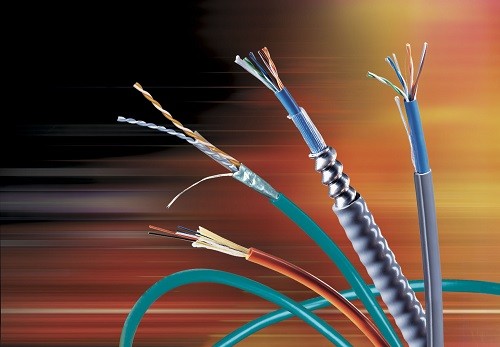
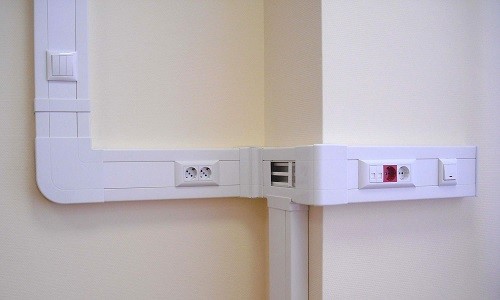
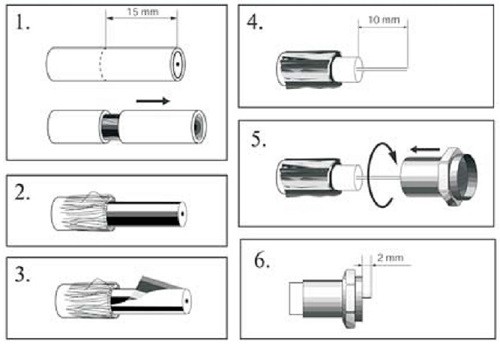

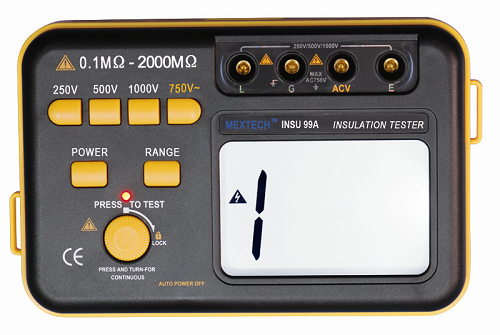










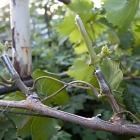

 Start a discussion ...
Start a discussion ...